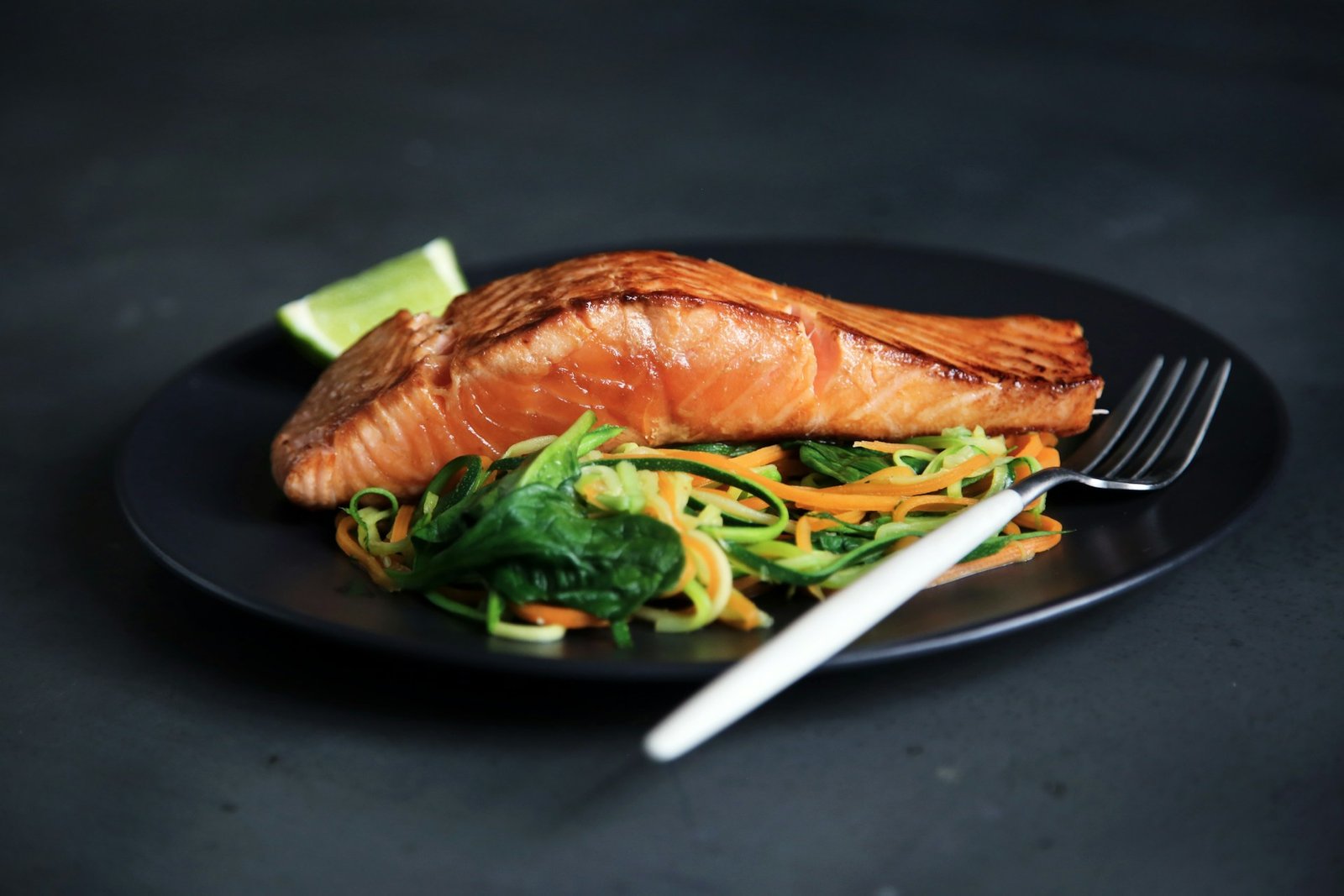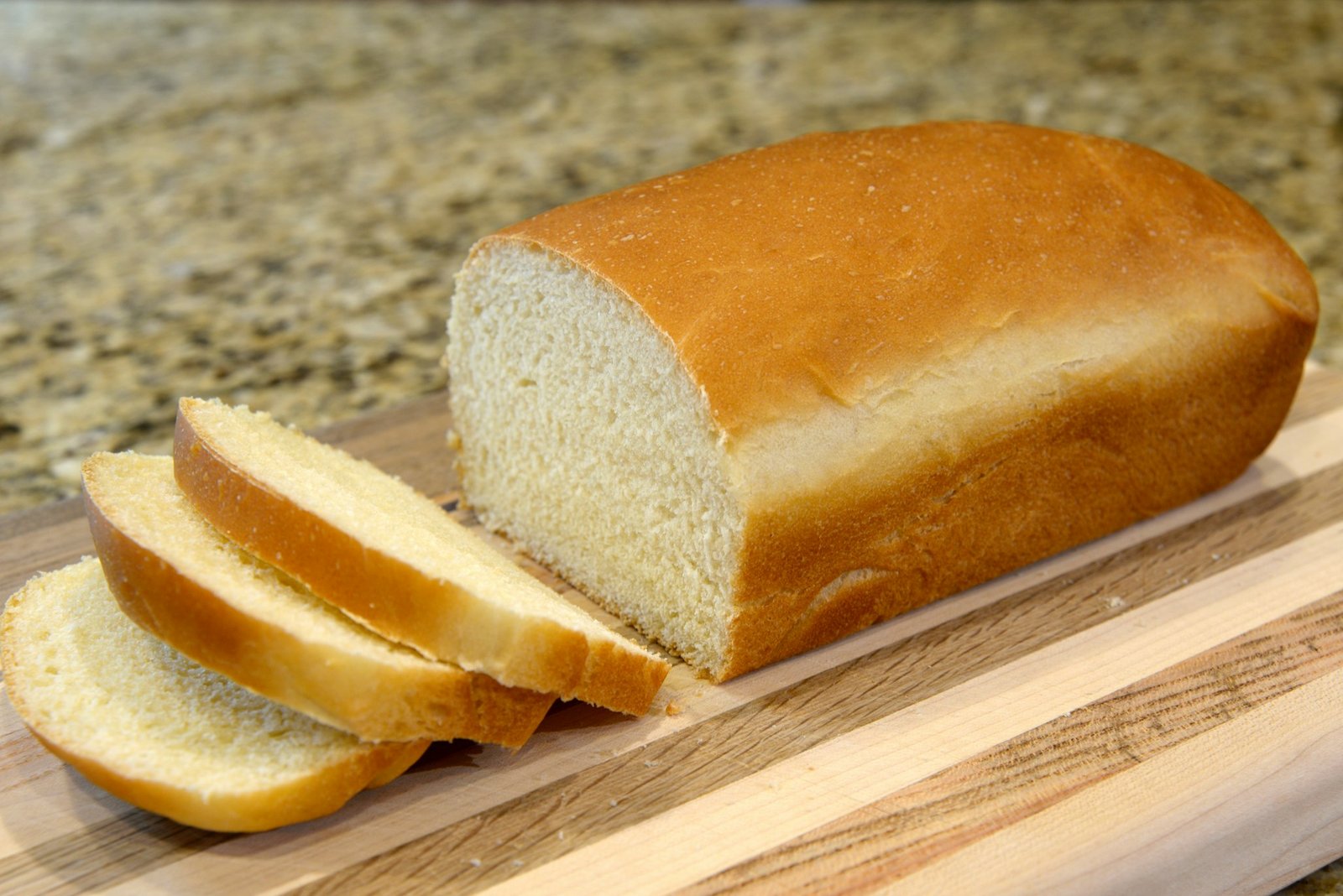Imagine waking up to the first rays of dawn, eager to start the day with a refreshing jog, only to be greeted by a sharp, stabbing pain in your heel the moment your foot hits the floor. This is a daily reality for those suffering from plantar fasciitis, a condition that affects the band of tissue connecting your heel bone to your toes. The journey to recovery is not just through stretches and exercises but also through the less-discussed path of dietary choices. This article explores the silent yet powerful role diet plays in combating plantar fasciitis, offering hope and guidance to those seeking relief.
What is Plantar Fasciitis?
Plantar fasciitis is a condition characterized by inflammation of the plantar fascia, a thick band of tissue that supports the arch of the foot. This inflammation can cause foot pain, especially around the heel area. The pain is often described as sharp, stabbing, or throbbing, and it can make walking and standing extremely uncomfortable.
The plantar fascia acts as a shock absorber and provides support to the arch of the foot, so when it becomes inflamed, it can cause significant discomfort.
Plantar fasciitis is a common condition, affecting millions of people worldwide, and it is most commonly seen in individuals who are middle-aged or older, although it can occur in younger individuals as well.
The Connection Between Diet and Plantar Fasciitis
While diet alone cannot cure plantar fasciitis, it can play a role in managing the inflammation and pain associated with the condition. Certain foods have been linked to inflammation in the body, which can exacerbate plantar fasciitis symptoms. On the other hand, a healthy, balanced diet that includes foods rich in anti-inflammatory properties, essential nutrients, and hydration can support foot health and provide relief from plantar fasciitis pain.
Managing plantar fasciitis involves a combination of medical treatment, physical therapy, and lifestyle changes, including dietary adjustments to reduce inflammation and promote healing. Here are foods to consider incorporating into your diet to help manage plantar fasciitis:

Foods to Eat
Anti-inflammatory Foods
Inflammation plays a significant role in plantar fasciitis. Consuming foods with anti-inflammatory properties can help reduce inflammation and pain.
- Omega-3 Fatty Acids: Found in fatty fish like salmon, mackerel, sardines, and trout, as well as flaxseeds, chia seeds, and walnuts.
- Berries: Strawberries, blueberries, raspberries, and blackberries are rich in antioxidants and can help reduce inflammation.
- Leafy Greens: Spinach, kale, and collard greens are high in vitamins and minerals that have anti-inflammatory effects.
- Olive Oil: A staple in the Mediterranean diet, extra-virgin olive oil is known for its anti-inflammatory properties.
Foods Rich in Magnesium
Magnesium can help improve muscle health, which is beneficial for individuals suffering from plantar fasciitis.
- Nuts and Seeds: Almonds, pumpkin seeds, and sunflower seeds are good sources of magnesium.
- Bananas: Besides being rich in magnesium, bananas also provide potassium, which is important for muscle and nerve function.
- Whole Grains: Quinoa, brown rice, and oats contain magnesium and provide additional fiber and nutrients.
Foods High in Antioxidants
Antioxidants can help combat inflammation and support the body’s healing process.
- Cherries: Tart cherries, in particular, have been shown to have strong anti-inflammatory properties.
- Turmeric: Curcumin, the active component in turmeric, is a potent anti-inflammatory. It can be added to foods or taken as a supplement.
- Ginger: Like turmeric, ginger has strong anti-inflammatory effects and can be added to a variety of dishes.
Hydration
Proper hydration is crucial for overall health and can also help manage inflammation.
- Water: Drinking plenty of water throughout the day helps keep the body hydrated and supports the healing process.
- Cucumber and Watermelon: These foods have high water content and can help keep you hydrated.
Calcium and Vitamin D
Calcium and vitamin D are important for bone health, which is relevant for individuals with plantar fasciitis.
- Dairy Products: Milk, yogurt, and cheese are good sources of calcium. Opt for low-fat versions to avoid excess saturated fats.
- Fortified Foods: Some plant-based milks and cereals are fortified with calcium and vitamin D.
Incorporating these foods into your diet can help manage the symptoms of plantar fasciitis by reducing inflammation and supporting your body’s healing process. However, dietary changes should complement, not replace, the treatment plan recommended by your healthcare provider.

Foods to Avoid
When managing plantar fasciitis, it’s just as important to know which foods to avoid as it is to know which foods to consume. Certain foods can exacerbate inflammation in the body, potentially worsening the pain and discomfort associated with plantar fasciitis. Here are some foods and substances to limit or avoid:
Processed and High-Sugar Foods
- Refined Carbohydrates: White bread, pastries, and other foods made with white flour can increase inflammation.
- Sugary Snacks and Beverages: Foods and drinks high in sugar, such as sodas, candies, and desserts, can trigger inflammatory responses.
Saturated and Trans Fats
- Processed Meats: Sausages, bacon, and processed deli meats are high in saturated fats, which can promote inflammation.
- Fast Food: Many fast-food options are high in trans fats and saturated fats, contributing to inflammation.
Excessive Caffeine and Alcohol
- Caffeine: While moderate consumption might be okay for some people, excessive caffeine intake can lead to dehydration and potential increases in inflammation.
- Alcohol: High consumption can lead to inflammation and dehydration, negatively impacting plantar fasciitis symptoms.
Nightshade Vegetables
- Tomatoes, Peppers, Eggplants, and Potatoes: Some individuals may find that nightshade vegetables exacerbate their inflammation due to specific compounds they contain, such as solanine. However, this varies from person to person, and elimination should be based on personal observation.
High-Sodium Foods
- Salt-Heavy Foods: Consuming too much salt can lead to water retention, contributing to inflammation and swelling.
Certain Dairy Products
- Full-Fat Dairy: For some people, dairy products, especially those high in fat, may contribute to inflammation. Observing how your body responds to dairy and adjusting intake accordingly can be beneficial.
Artificial Sweeteners and Additives
- Processed Foods: Many processed foods contain artificial sweeteners and additives that can trigger inflammatory responses in some individuals.
Adjusting your diet to avoid these foods can help manage the symptoms of plantar fasciitis by reducing overall inflammation in the body. It’s essential to monitor how your body responds to certain foods and adjust your diet accordingly. As with any health condition, it’s best to consult with a healthcare professional or a dietitian to create a diet plan that’s tailored to your specific needs and conditions.
Nutrient Deficiencies and Plantar Fasciitis
Nutrient deficiencies, particularly in vitamins B, C, and D, can contribute to foot problems, including plantar fasciitis. Vitamin C is essential for the synthesis of collagen, a protein that provides structure to the plantar fascia. A deficiency in vitamin C can weaken the fascia, making it more susceptible to injury and inflammation. Vitamin D plays a significant role in bone health, and its deficiency has been linked to foot pain, including plantar fasciitis.
Finally, vitamin B complex is necessary for nerve health, and neuropathy symptoms may influence plantar fasciitis pain. Ensuring that your diet meets the daily requirements for essential nutrients can support foot health and provide relief from plantar fasciitis symptoms.

Helpful Tips for Adjusting Your Diet
Adjusting your diet to alleviate plantar fasciitis pain involves making mindful choices. Start by eliminating white flour and junk food, as they can contribute to heart disease and worsen arch pain. Instead, focus on incorporating leafy greens and organ meats, as they can help prevent nerve damage and gout attacks.
Opt for walnut oil or rice bran oil over the worst offenders like trans fats, for overall foot care. Remember, every bite affects our health, so make it count!
Making the Transition to a Healthy Diet
Transitioning to a healthier diet involves gradually substituting processed foods with whole grains to improve diet quality. Replacing sugary snacks with fruit can assist in this shift. Introducing lean protein sources, like chicken, supports the transition, while gradually reducing red meat intake facilitates it.
Additionally, incorporating a variety of food items, such as vegetables, enhances the overall healthy diet transition.
Dealing with Cravings for Unhealthy Foods
Managing cravings for unhealthy foods can be challenging, but making smart food choices can help. Substituting white flour with whole grains is a great way to control cravings. Opt for healthy fats like those found in nuts to aid in managing food cravings.
Additionally, choosing protein-rich snacks such as cottage cheese can effectively curb unhealthy food cravings. Embracing leafy greens can satisfy cravings while supporting a healthy diet. Moreover, opting for whole food snacks like pumpkin seeds can also be helpful in managing unhealthy food cravings.
Monitoring Progress and Maintaining a Healthy Diet
To effectively manage plantar fasciitis, it’s crucial to monitor progress and adhere to a healthy diet. Regularly tracking dietary changes and symptoms can help gauge the impact of specific foods on foot health.
Additionally, maintaining a well-balanced diet rich in leafy greens, along with incorporating walnut oil or rice bran oil, may aid in reducing inflammation and supporting overall foot care.
By making conscious dietary choices and eliminating worst offenders like white flour and junk food, individuals can mitigate symptoms and promote their health.
Keeping a Food Diary
Tracking your daily food intake offers valuable insights into identifying foods that may exacerbate plantar fasciitis symptoms. Alongside this, monitoring your daily water consumption can provide a clearer understanding of its impact on your foot health.
Additionally, jotting down any daily changes in symptoms will help you correlate them with your food intake and physical activity level.
Lastly, it’s important to track your daily intake of vitamin C to evaluate its potential influence on your plantar fasciitis symptoms.
How can a balanced diet improve your plantar fasciitis symptoms?
A well-balanced diet plays a crucial role in alleviating plantar fasciitis symptoms. By reducing chronic inflammation, supporting nerve health, and maintaining overall foot health, a healthy diet can contribute to relief from pain and discomfort. Opting for whole foods and ensuring adequate intake of key nutrients like vitamin C are essential for managing plantar fasciitis symptoms.

Are there any supplements or vitamins that can improve the healing process of plantar fasciitis?
Supplements and vitamins like Vitamin C, D, E, Omega-3 fatty acids, and glucosamine may aid in healing plantar fasciitis. It’s crucial to consult with a healthcare professional before incorporating any supplements into your regimen. Remember to combine supplements with other treatments for optimal results.
How does weight loss play a role in alleviating symptoms of plantar fasciitis?
Excess weight puts added pressure on the feet, worsening plantar fasciitis pain. Shedding pounds can alleviate strain on the plantar fascia, easing symptoms. A gradual, sustainable weight loss approach through a healthy diet is recommended. Consult a healthcare professional for personalized advice on managing plantar fasciitis.
Is there a specific diet plan recommended for those with plantar fasciitis?
While there is no specific diet plan for plantar fasciitis, a healthy, balanced diet can help ease inflammation and pain. Include anti-inflammatory foods like fruits, vegetables, and whole grains. Maintaining a healthy weight is also important to reduce stress on the feet. Consult a healthcare professional for personalized dietary recommendations.

Conclusion – Diet and Plantar Fasciitis
The battle against plantar fasciitis is multifaceted, with diet playing a crucial yet often overlooked role. By incorporating anti-inflammatory foods and avoiding triggers, sufferers can take an active role in their recovery process.
Coupled with the insights and support from theheelgp.com, individuals have a powerful toolkit at their disposal. As you reflect on your journey with plantar fasciitis, consider: what dietary changes can you make today to pave the way for a pain-free tomorrow?
I hope you have found this blog helpful and please feel free to comment and share.
Thanks for reading!
 | Tracy J Founder, The heel GP |
